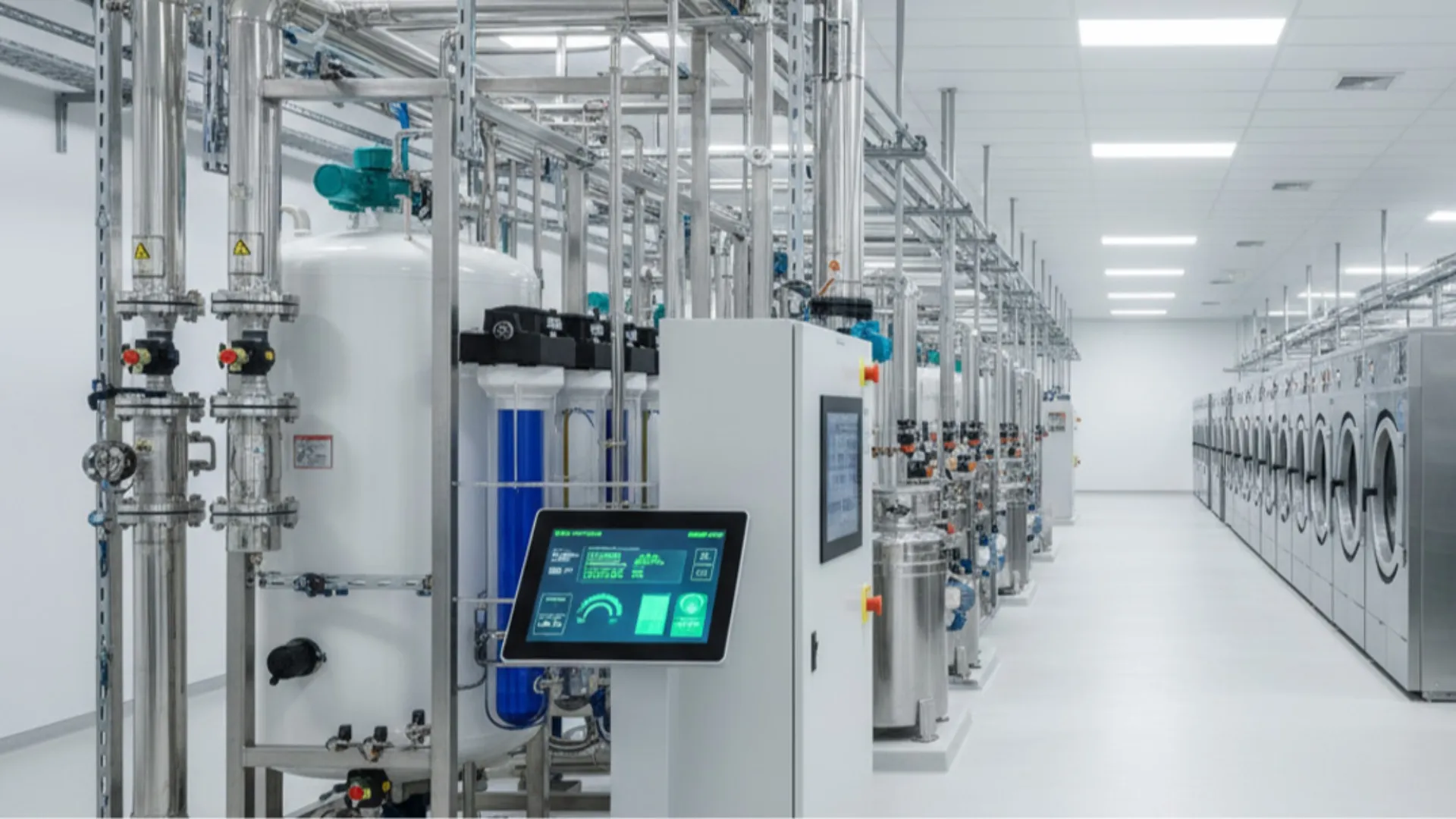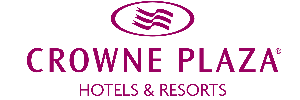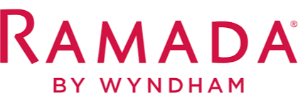Water and energy efficiency strategies for businesses reduce operational costs while strengthening corporate responsibility. This article explores the technical aspects of water recovery, chemical optimization, and heat recovery in industrial cleaning processes. The goal for corporate decision-makers is to maintain hygiene standards, reduce resource consumption, and enhance process transparency. It focuses on high-capacity washing requirements, professional machine selection, automated washing systems, and maintenance cycle improvement, while presenting approaches that can integrate with centralized washing solutions. Readers will find clear and practical steps for sustainable washing technologies, investment priorities, and expected returns — serving as a prelude to actionable insights.
Green Transformation in Industrial Hygiene Through Sustainable Washing Technologies
Sustainable washing technologies are becoming a priority in corporate-scale cleaning strategies, establishing measurable goals in decision-making. Businesses seeking to balance hygiene and efficiency are restructuring their operations accordingly. Water management strategies — including water recovery, process water reuse, and chemical dosage control — offer tangible savings when integrated with sustainable washing technologies. Energy optimization through low-temperature washing, heat recovery units, and efficient motors further reduces long-term costs. Equipment selection should prioritize certified industrial-grade washing systems that align with sustainability criteria. Automation and monitoring tools collect and analyze data to validate the effectiveness of sustainable washing technologies. Procurement and maintenance policies must support high-capacity needs and long-term eco-friendly strategies, embedding sustainability into the contract framework.
The Role of Water Recovery Systems in Industrial Laundries
Water recovery plays a central role in restructuring the water cycle within large-scale facilities. In industrial laundries, wastewater treatment, disinfection, and reuse stages must be carefully designed to maintain hygiene while minimizing water consumption. Modular treatment units, automated recirculation systems, and chemical dosage control form the technical backbone of sustainable washing technologies. Integration with textile care technologies improves machine efficiency, extends textile life, and reduces operational costs. Water management and energy-saving reports must be evaluated simultaneously to ensure environmental targets are met. Corporate environmental policies should align with supply chain requirements and reference sustainability certification standards.
Energy-Efficient Industrial Washing Applications
Energy-efficient washing applications are essential for achieving corporate carbon goals while lowering costs. When combined with sustainable washing technologies, their impact is amplified. Heat recovery units, reverse-flow filtration systems, efficient motors, and low-temperature detergent solutions together provide measurable energy savings. Automation and load optimization improve performance in high-capacity facilities. Maintenance strategies should be restructured to ensure optimal performance under sustainability guidelines. Real-time energy monitoring supports transparent reporting and validates investment returns. Combined chemical and energy management lowers total ownership costs while maintaining hygiene performance, creating predictable, scalable benefits.
Efficiency in Waste and Resource Management Through Automated Washing Systems
Automation minimizes human error, accelerates operations, and standardizes waste management in industrial washing. When paired with sustainable washing technologies, it dramatically improves efficiency. Automated systems optimize chemical dosing, water recirculation, and energy use. Process data collection and predictive maintenance establish data-driven management. In large-scale washing operations, automation reduces costs while enhancing performance consistency. Textile care integration ensures balanced resource use across facilities. Automation also supports transparency in supplier relations and verifies sustainability investments through measurable data. Environmental, energy, and waste metrics should be reviewed regularly, and automation compliance included in service contracts.
Eco-Friendly Business Strategy with Professional Industrial Washing Services
Corporate service agreements are crucial for embedding sustainability goals into operations. Contracts must clearly define performance indicators aligned with sustainable washing technologies. Procurement and maintenance plans should balance hygiene with environmental performance. Suppliers should be evaluated for their compliance with water and energy efficiency standards. Eco-friendly practices — including chemical optimization, water recovery, energy saving, and automation — should be integrated into service requirements. Collective washing solutions improve logistics efficiency, while professional machines extend textile lifespan and lower long-term ownership costs. Reporting cycles, performance metrics, and compliance audits must be transparent and enforceable. Sustainability reporting should outline projected financial and operational impacts, risk mitigation strategies, and measurable environmental contributions.
























